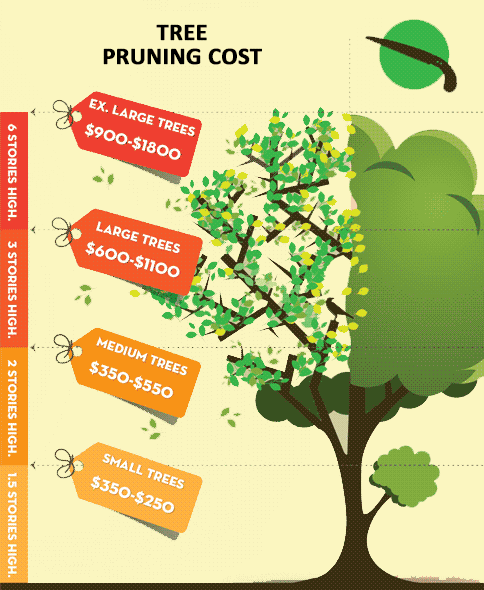The Environmental Implications Of Deforestation: Crucial Facts To Be Familiar With
The Environmental Implications Of Deforestation: Crucial Facts To Be Familiar With
Blog Article
Write-Up Developed By-Helms Baldwin
When it pertains to the ecological effect of tree elimination, there are crucial facets that require your attention. From the complex internet of connections within ecological communities to the succeeding effects on climate patterns, the effects are extensive. You could be stunned to find the complex ways in which the elimination of trees can reverberate throughout the environment. Stay tuned to untangle the elaborate links and effects of this relatively uncomplicated act.
Logging and Environment Loss
Logging and habitat loss are crucial issues stemming from tree elimination. When trees are lowered, it interferes with entire communities. Not only are the trees themselves shed, but the homes and food sources of plenty of plant and animal species are destroyed too. Birds lose their nesting websites, animals shed their sanctuary, and pests shed their habitats. The effects surge with the food chain, influencing predators and target alike.
Furthermore, deforestation adds to environment change. Trees play an essential duty in soaking up co2, a greenhouse gas that catches heat in the ambience. With fewer trees, there's less co2 absorption, causing raised levels of this gas in the environment and worsening worldwide warming.
Habitat loss is a straight result of logging, as the damage of forests suggests the loss of unique and diverse environments. Lots of varieties are not able to adjust to fast changes in their environment, resulting in populace declines and, in some cases, termination.
Safeguarding woodlands is essential to preserving the fragile equilibrium of nature and making sure the survival of countless plant and animal varieties.
Effect on Biodiversity
The removal of trees has a significant influence on biodiversity, influencing the selection and wealth of plant and animal varieties in a location. Trees provide habitat and food resources for numerous microorganisms, from insects to birds to creatures. When trees are gotten rid of, these species lose their homes and sources of nutrition, causing a decline in their populations. This disruption can have cascading results on the whole environment.
Additionally, trees play an important function in keeping biodiversity by producing microhabitats within their canopies, trunks, and origins that support a large range of types. When trees are lowered, these specialized atmospheres are destroyed, minimizing the total diversity of the area.
Furthermore, the elimination of trees can cause a decrease in genetic variety within plant populaces, as specific tree species may no longer be able to reproduce or distribute effectively. Shielding trees and forests is crucial for protecting biodiversity and ensuring the health and wellness of communities for future generations.
Dirt Erosion and Climate Modification
With trees being gotten rid of from a location, the interruption of soil structure and security takes place, resulting in enhanced dirt erosion. Trees play an important duty in protecting against erosion by holding soil in place with their root systems. When https://www.countryliving.com/home-design/decorating-ideas/g30878403/floating-deck-ideas/ are gotten rid of, especially in large numbers, the dirt becomes extra at risk to disintegration from wind and water. This disintegration not only impacts the immediate surroundings however can additionally bring about sedimentation in nearby water bodies, influencing water top quality and water communities.
Moreover, trees assist manage the climate by soaking up co2 throughout photosynthesis. When trees are reduced, this all-natural carbon sink is lessened, adding to raised degrees of greenhouse gases in the ambience. This can aggravate climate change, leading to even more severe weather condition occasions and disruptions in environments worldwide.
Therefore, the removal of trees not only increases dirt erosion but also contributes in the bigger ecological issue of climate change. It's critical to consider these aspects when evaluating the influences of tree elimination on the setting.
Final thought
Since you recognize the environmental influence of tree elimination, think about the repercussions before lowering trees. Logging disrupts ecological communities, minimizes biodiversity, and contributes to soil erosion and environment change. By being mindful of the influence of tree removal, you can aid shield our atmosphere and maintain the fragile balance of nature. Make notified options and take into consideration different services to minimize the negative results on our earth.
